KT-88 Steelback Combat Drone
At some point it evidently became clear in some quarters that Unitas' Ra-4 model combat drone was unsuitable for an urban pacification role. The intimidating appearance of the Ra-4 is generally attributed to causing an increase in local resistance rather than the anticipated decrease.
The KT-88 follows the common quadriform pattern of combat drones, but proportions are altered to give it a distinctly shorter pair of hind legs, and longer, thicker forelimbs. The body is also notably thick and broad, giving the drone a heavyweight appearance. In locomotion the KT-88 is capable of a bipedal or quadripedal gait, though it is markedly faster in the latter mode and the former is used primarily when striking blows in combat.
The KT-88 has a notably high actuator strength, comparable to cargo loaders and similar models in the same weight class. In combat this abundant strength is used to deliver heavy blows with the forelimbs and grippers. The forelimb grippers feature harmonic resonance emitters that allow them to tear into hard surfaces by disrupting their molecular integrity in a manner similar to vibro weapons, albeit less elegantly employed.
For ranged weapons the KT-88 is limited to an inbuilt launcher system able to be loaded with any of the wide variety of shell types available to the SCL-64 support launcher. Crowd suppression shells are usually favored, but fragmentation and incendiaries can be used for full combat engagements.
What sets the KT-88 apart as a combat drone is its extraordinarily extensive armor protection. Much of the apparent bulk of the model is composed of multilayered plating to proof it against a variety of threats. The result, when combined with the durability of the underlying frame, is undeniably impressive. Military-grade weapons are needed to do any real damage to a KT-88, and even then lower-impact weapons like PDWs and carbines will struggle to make an impression. With luck, this exceptionally sturdy combat drone can, albeit briefly, even survive the attentions of a zeoform, especially in areas of dense terrain.
In many regards the KT-88 makes for an ideal urban pacification model. Its armor and strength project dominance in a way that cannot be denied. By accident or design, their apparent demeanor is also less abrupt and alarming than that of other combat drones; movements are generally slow, almost lazy-looking until the need for action arises. Contrast this with the incessant stalking behavior of the Ra-4 to understand how much less stressful an encounter with an KT-88 can be.
Even so, the deployment of KT-88s simply moves an issue of social engineering from the foreground to the background. The implicit threat of violence on civilian streets is little better than the explicit expression of it, and it provokes similarly negative sentiment over time. Likewise the temptation to employ combat drones, to intervene in tense, but peaceful, situations can become all too strong on behalf of their users.
One of the most respected analysts, known both for highly detailed breakdowns and post-engagement evaluation as well as more informal “pop” texts is “Drew Chambert” (a nom de plume). Little is known about this writer except it is evident they are or have been a zeo designer, possibly even a pilot at some point, and have some quite deep connections into both Pact and GuardCorps operations. Their writings and audiocasts are available across all one hundred heliospheres to a greater or lesser extent.

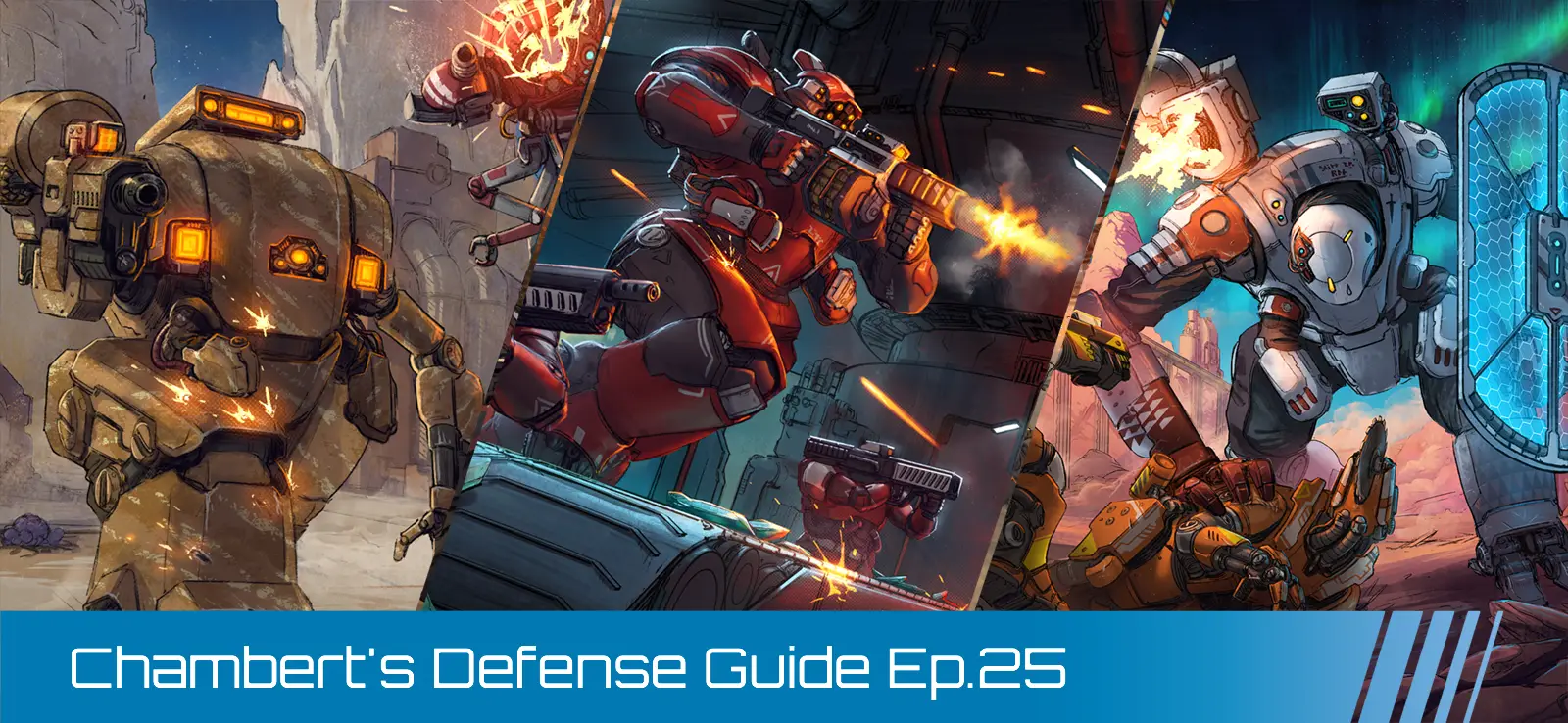
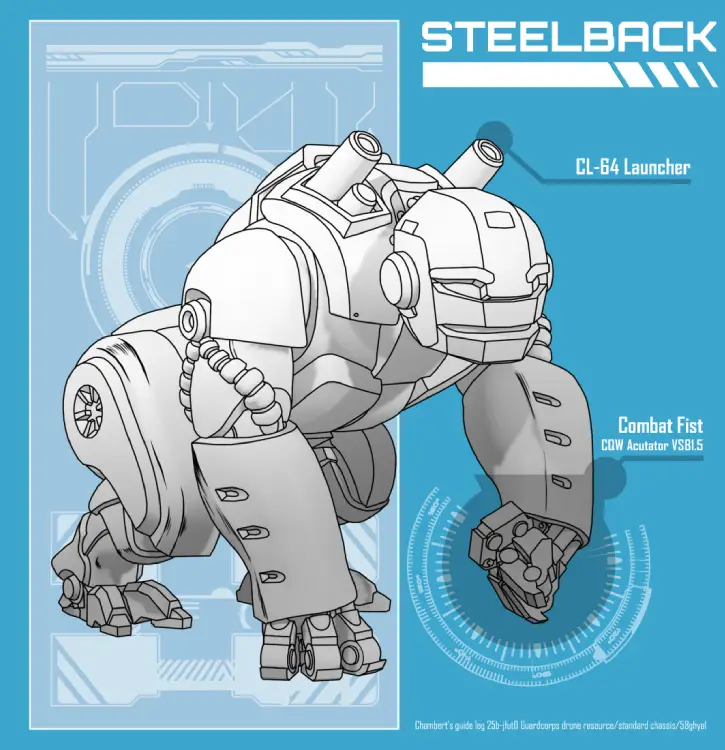
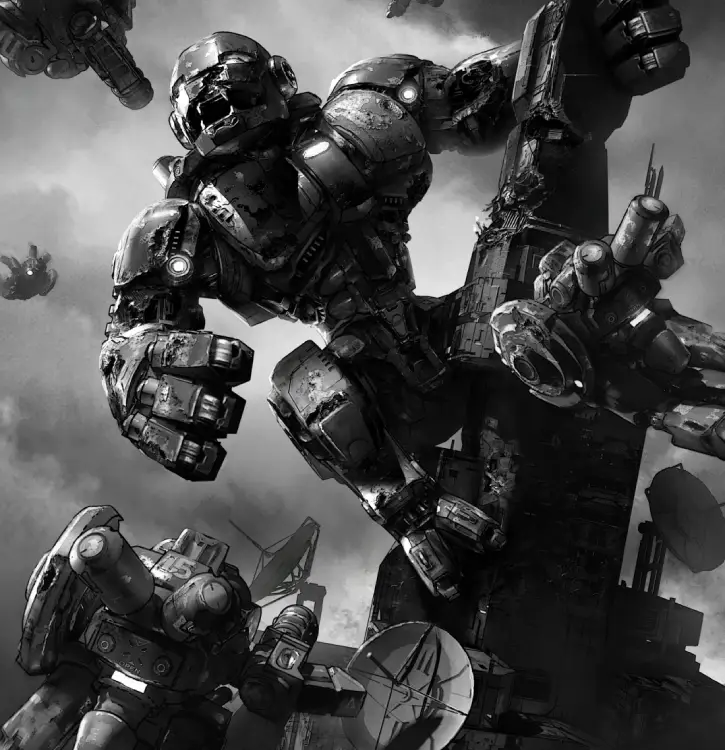


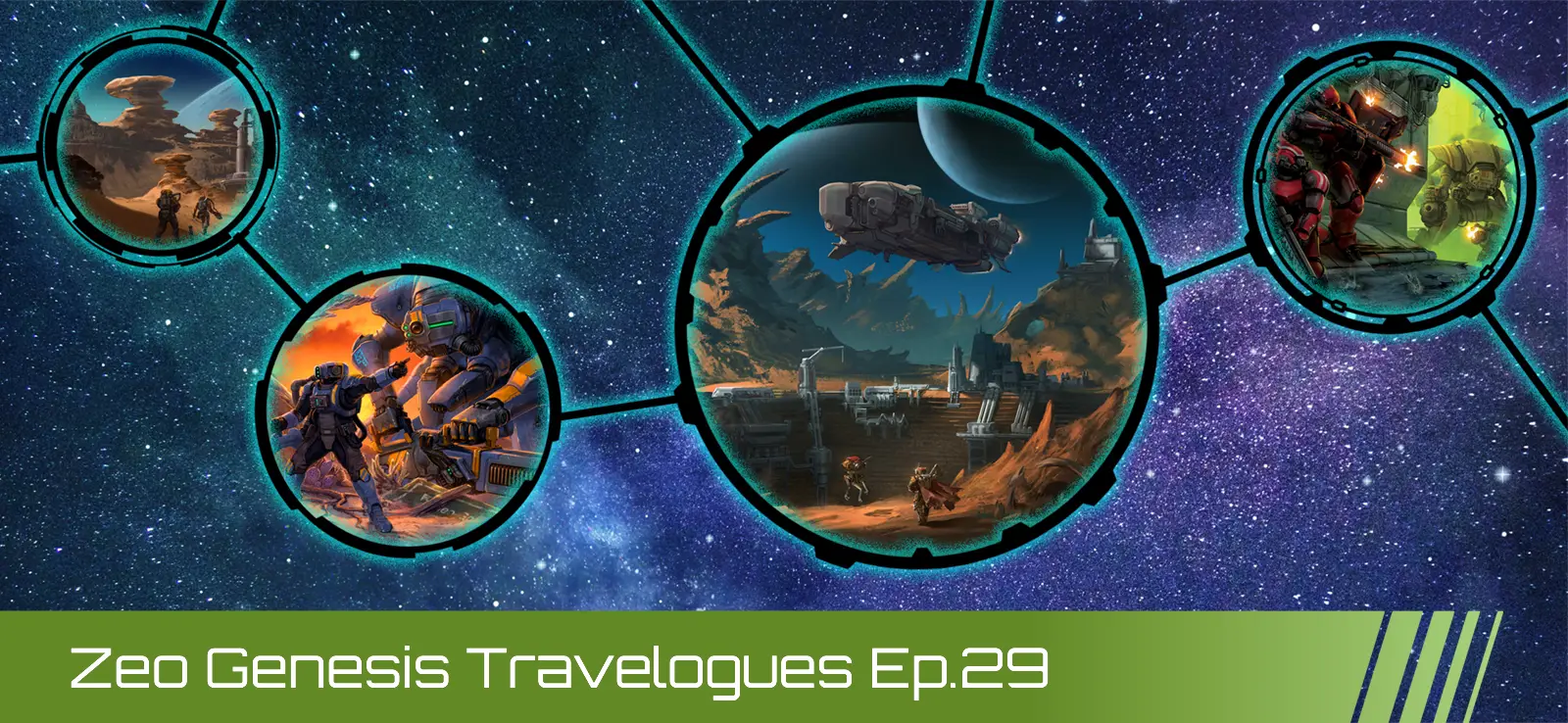
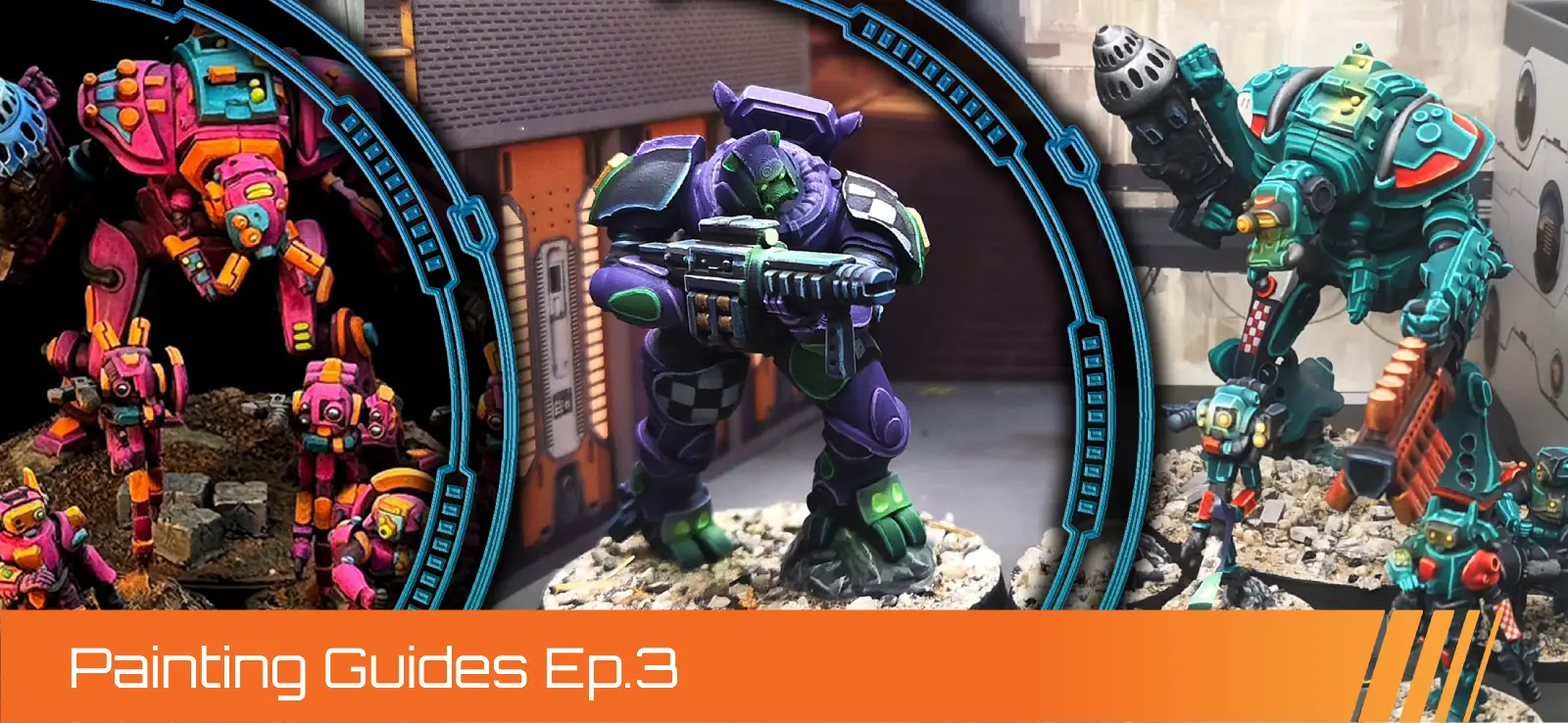

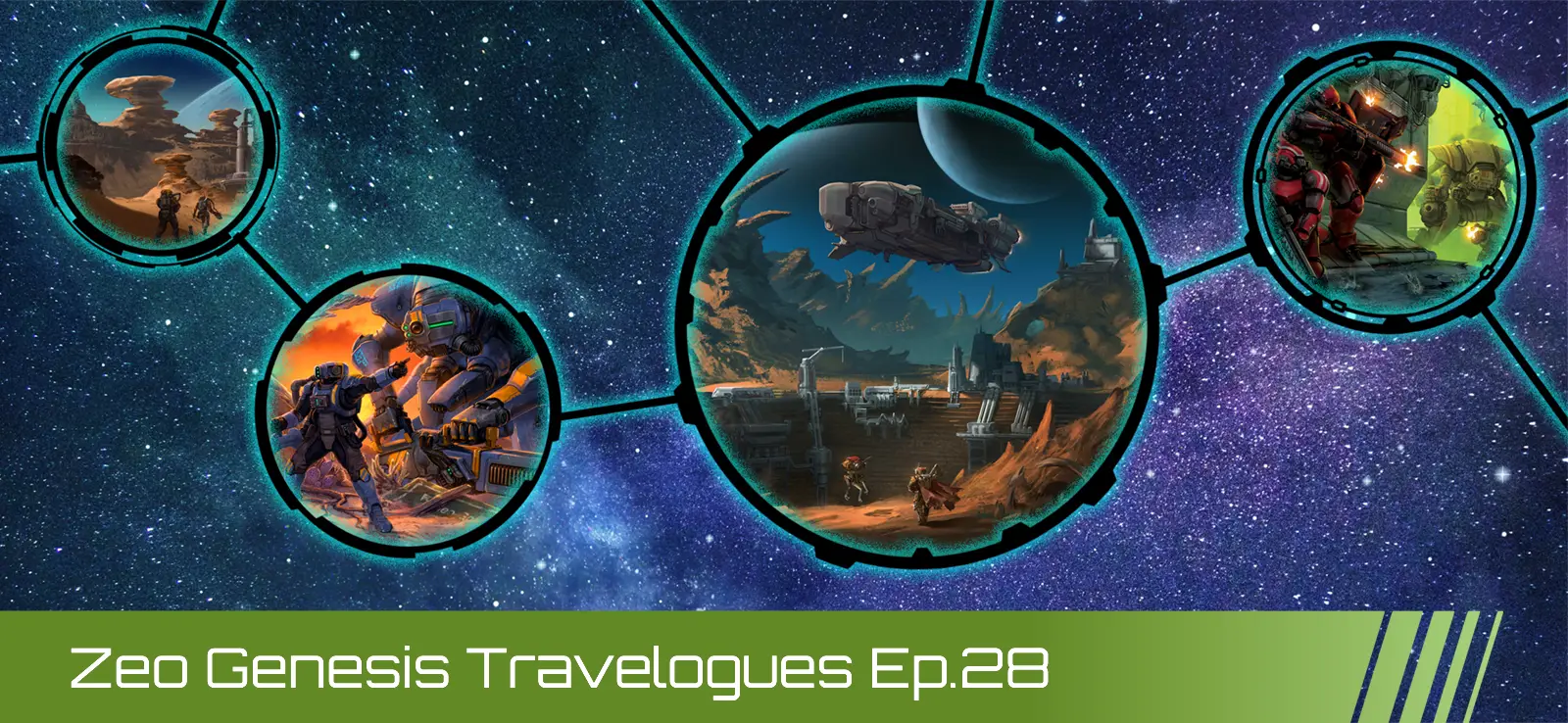

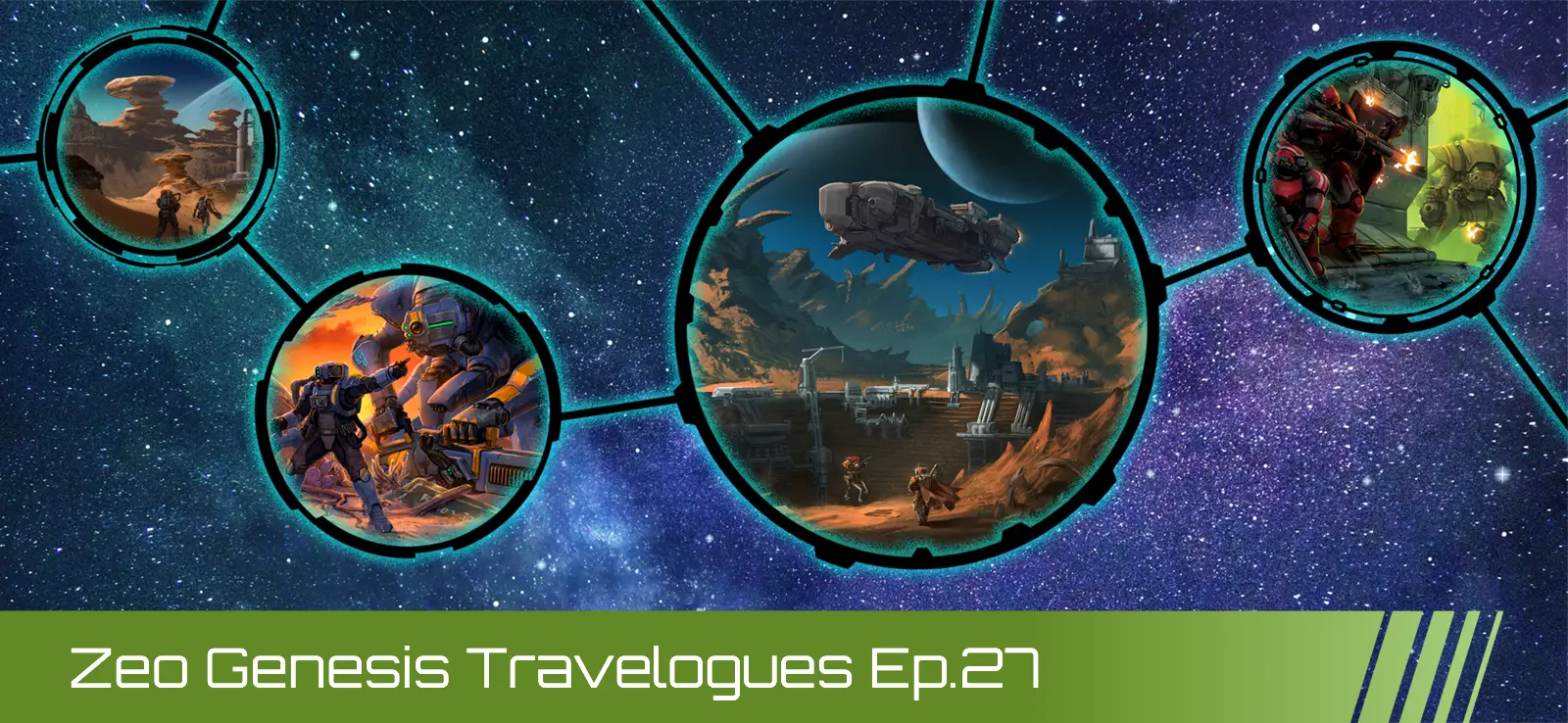

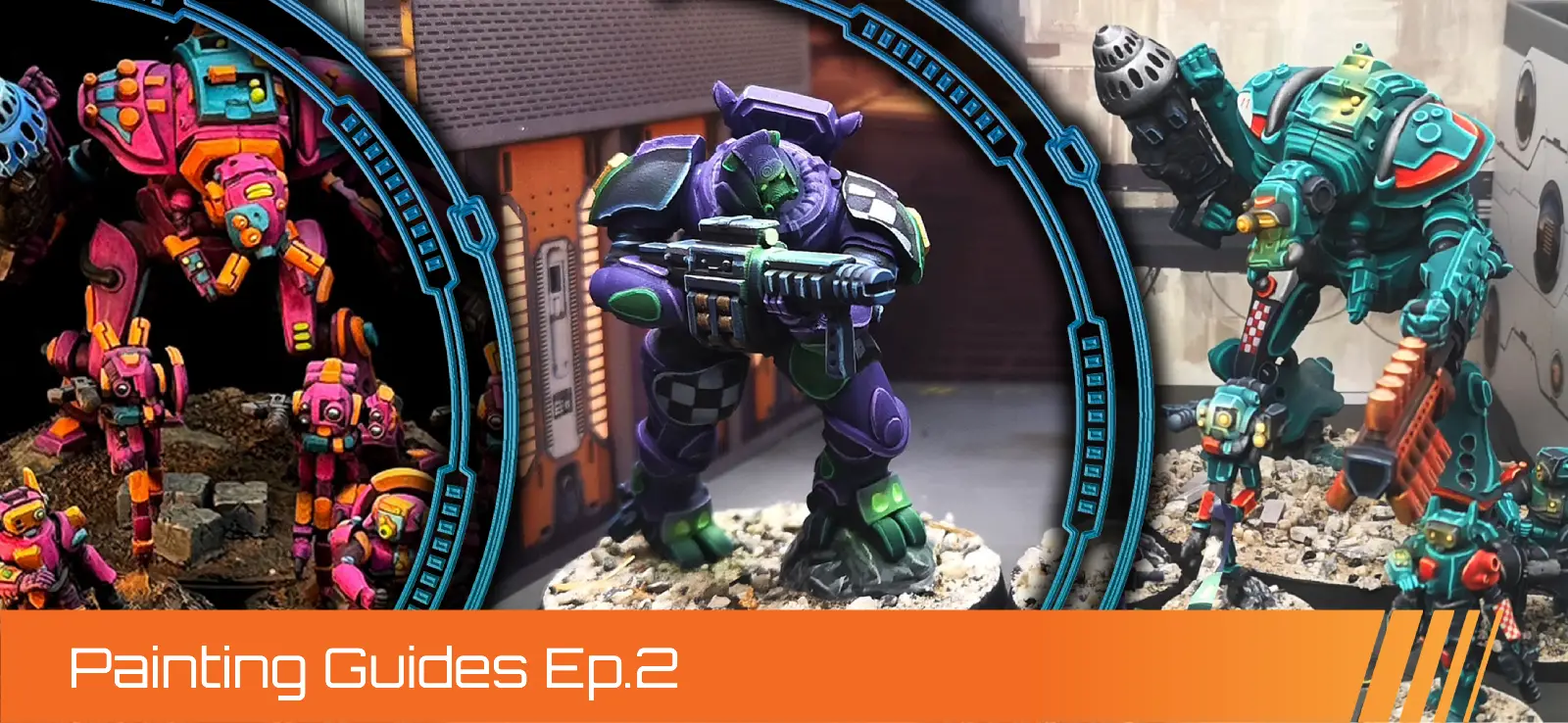
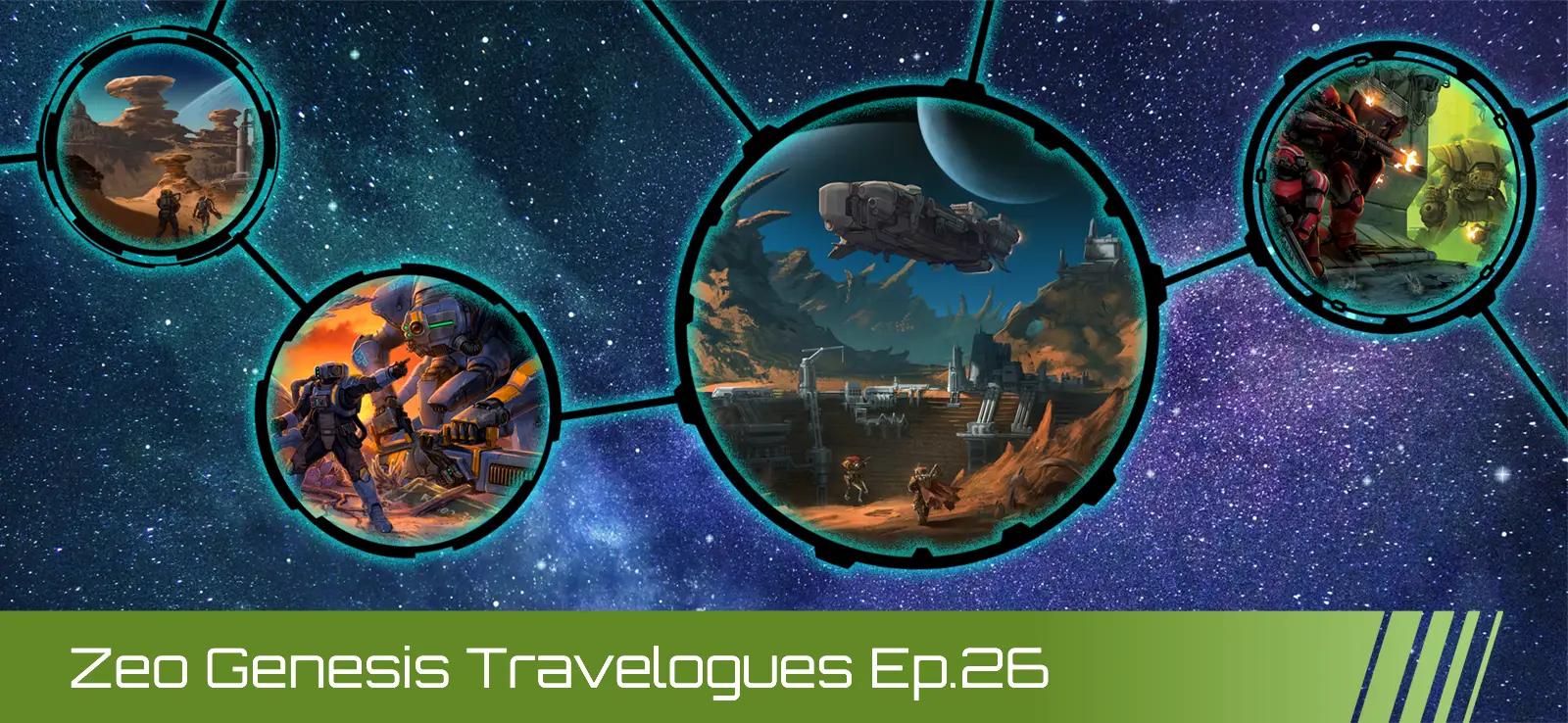


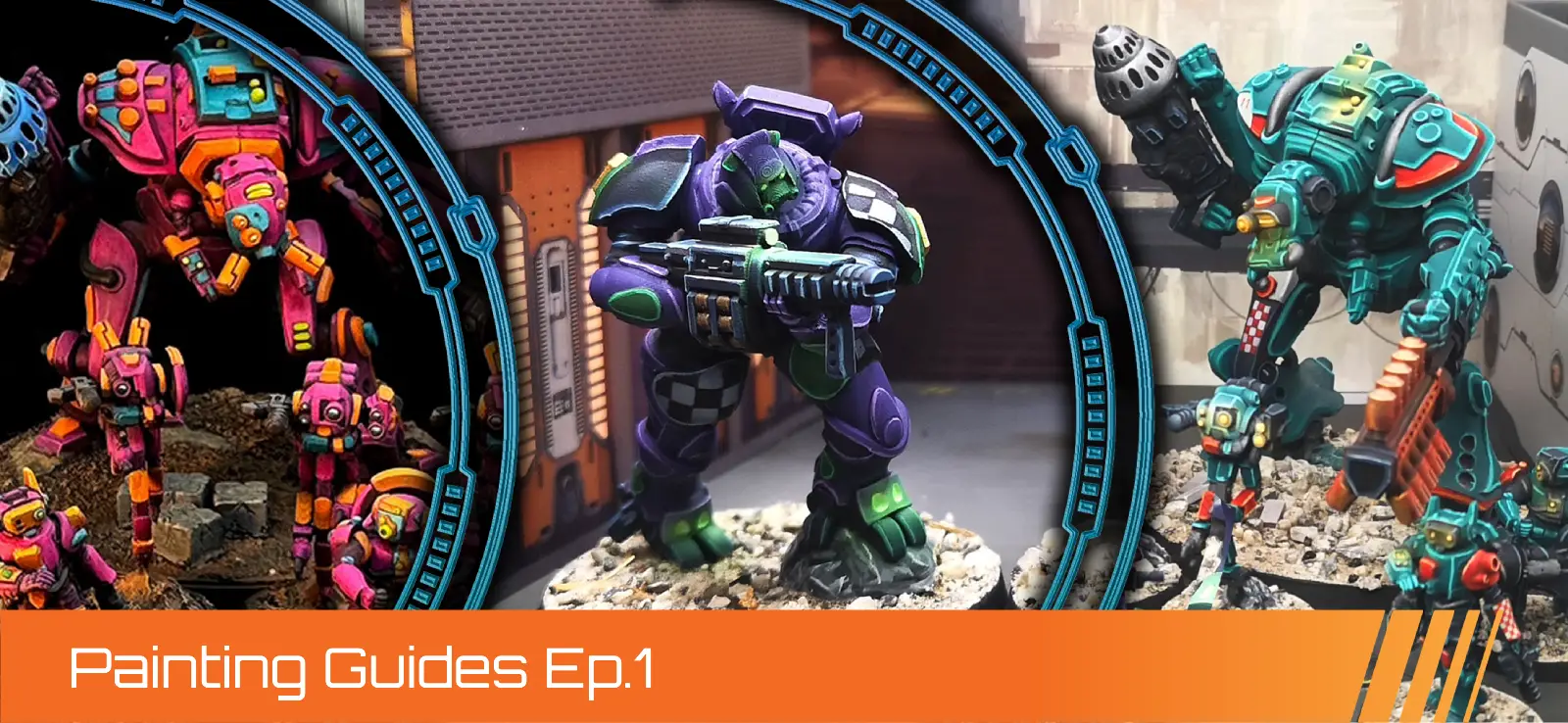

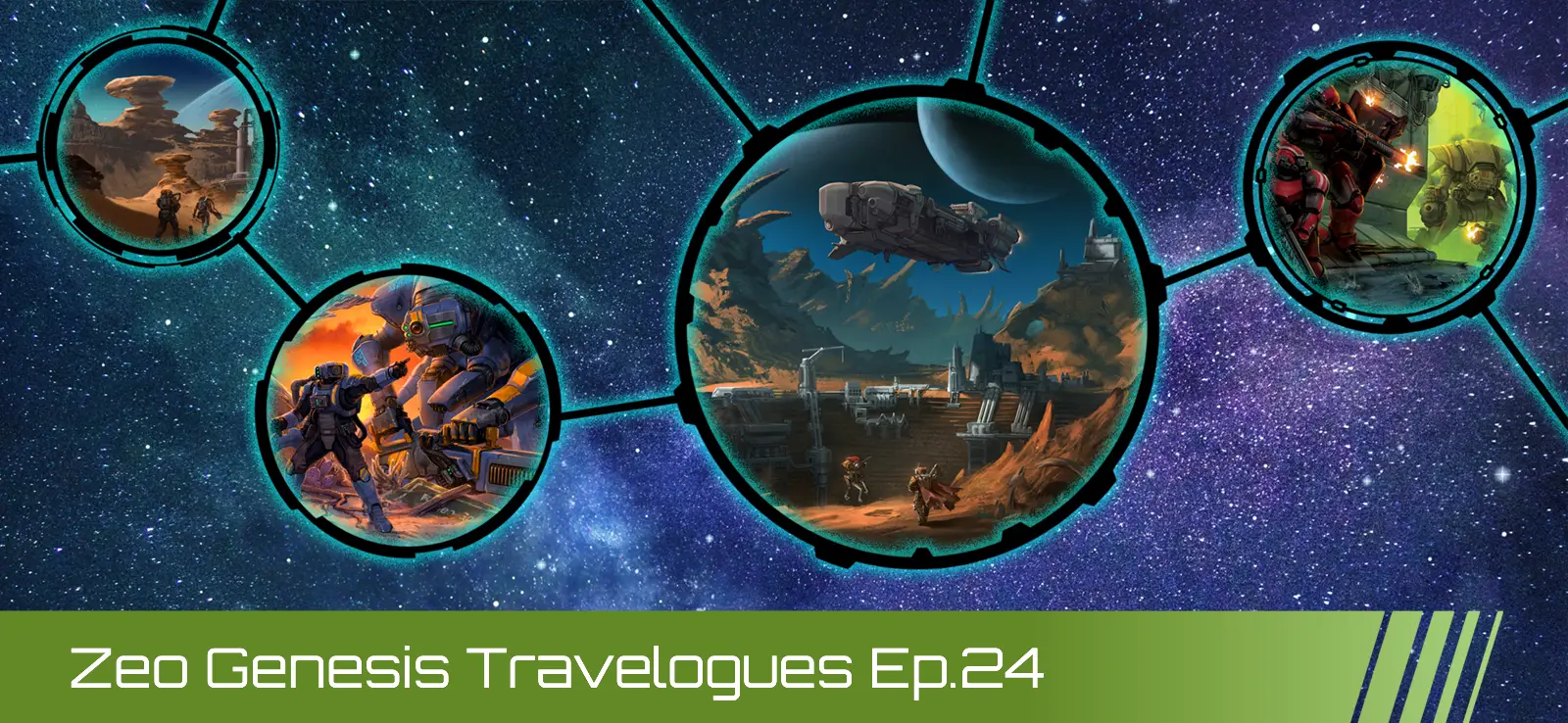

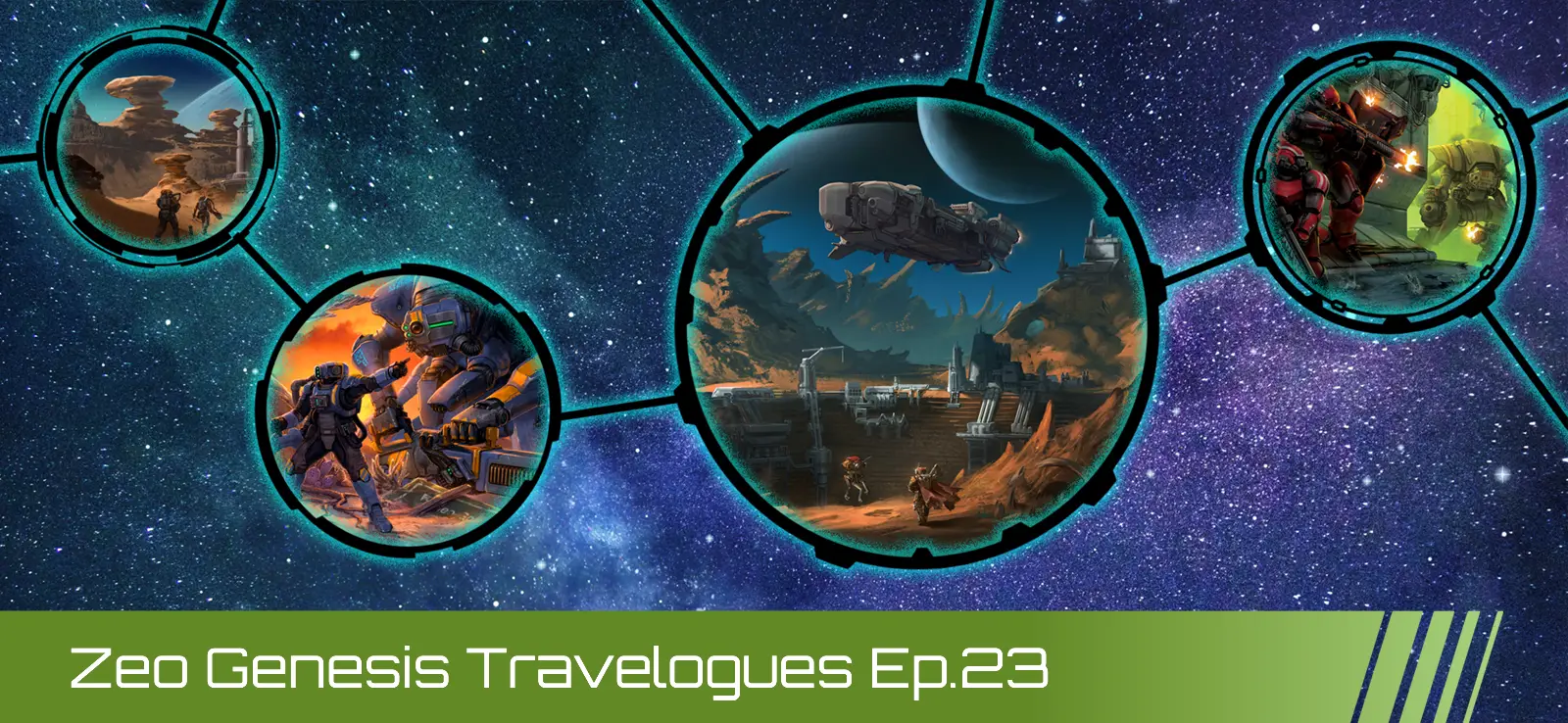

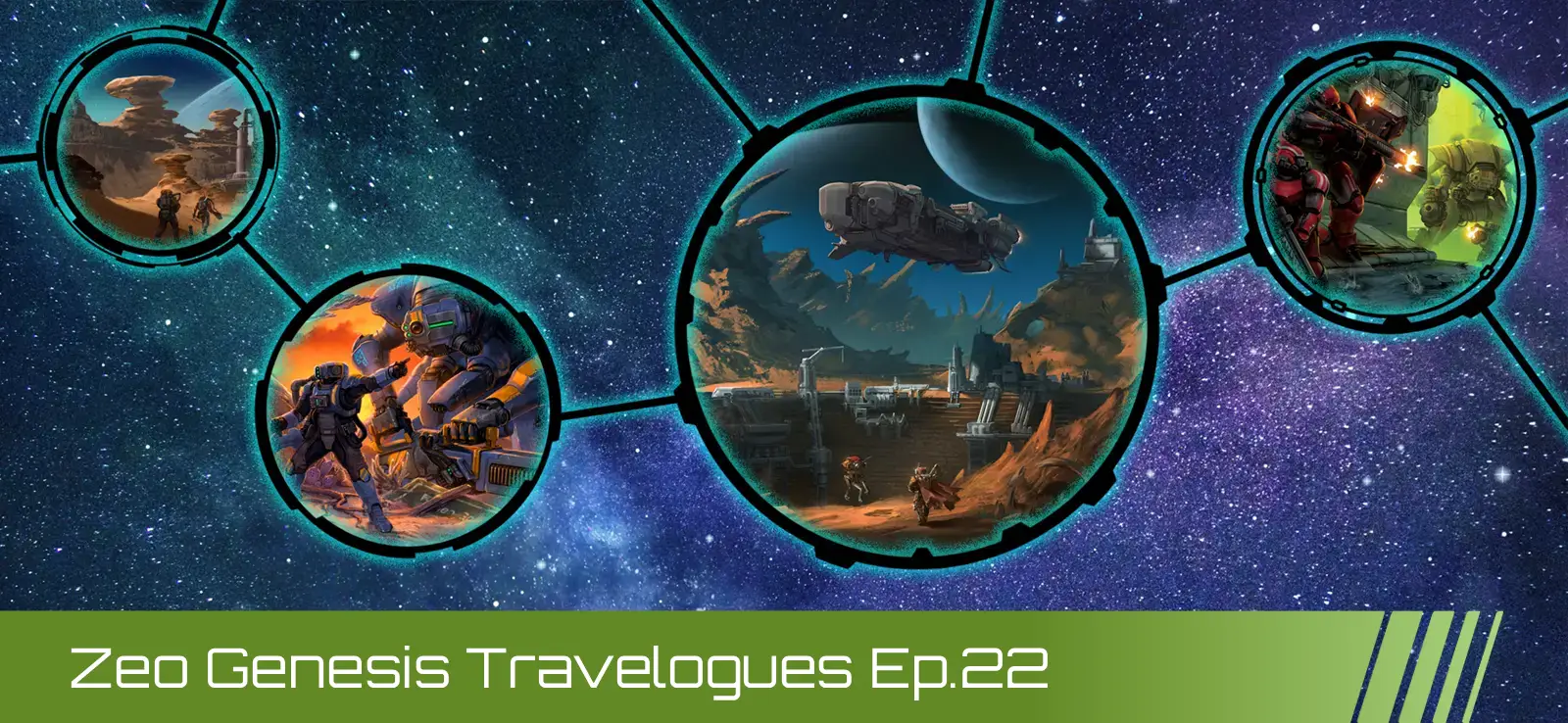

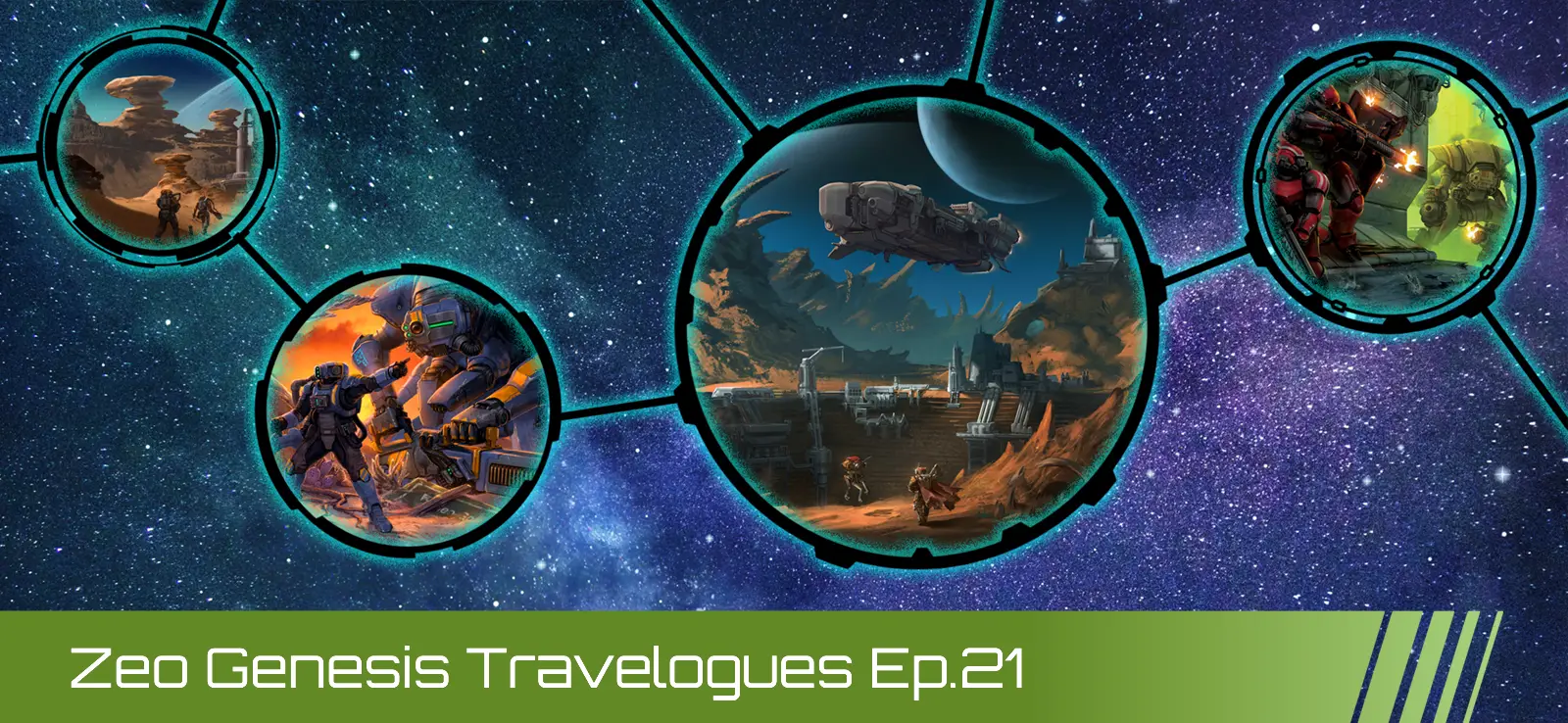








































.webp)




